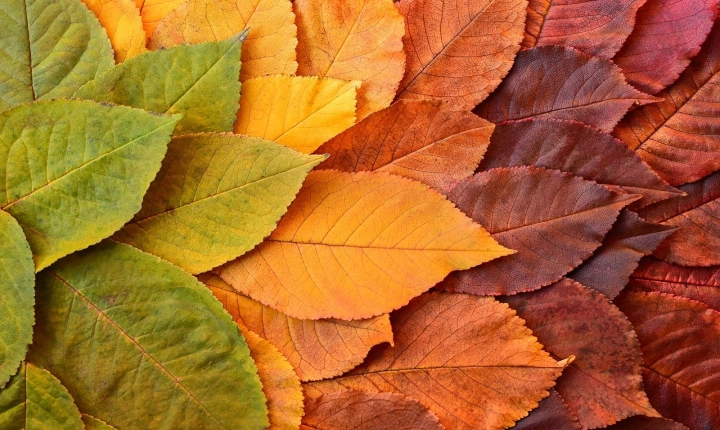Title: Exploring the World of AI Art: How Does AI Create Art?
Artificial intelligence (AI) has been making significant strides in various fields, and the world of art is no exception. AI art encompasses a wide range of creative works produced with the assistance of artificial intelligence algorithms and technology. From generating visual art to composing music and creating literature, AI has demonstrated its potential to push the boundaries of creativity and redefine the art-making process.
One of the most intriguing aspects of AI art is the use of generative adversarial networks (GANs), a type of algorithm that pits two neural networks against each other to create new content. In the context of visual art, one network generates images while the other evaluates them. Through a continuous feedback loop, the generator network learns to produce images that are increasingly indistinguishable from those created by human artists. This process can lead to the creation of stunning, innovative visual art that challenges traditional notions of creativity and authorship.
Another method used in AI art is style transfer, which involves applying the characteristics of one artwork to another. By leveraging deep learning techniques, algorithms can analyze the style of a reference image and apply it to a different image, creating a unique blend of styles and aesthetics. This approach has been used to produce captivating artworks that fuse the visual elements of different genres and periods, resulting in truly original compositions.
Furthermore, AI is being employed to generate music and literature. In the realm of music composition, AI algorithms can analyze existing compositions and use pattern recognition to create new pieces of music. Similarly, in the field of literature, natural language processing and machine learning techniques enable AI to generate written content, ranging from poems to short stories. These AI-generated works often challenge our perceptions of artistic expression and raise profound questions about the human-AI creative partnership.
AI art also raises thought-provoking questions about the role of the artist and the nature of creativity. As AI becomes increasingly adept at producing art that is visually and conceptually engaging, it challenges the traditional notions of artistic creativity and authorship. While some may argue that AI-generated art lacks the emotional depth and intentionality of human-created art, others see it as an exciting new frontier in the evolution of artistic expression.
Moreover, AI art opens up new possibilities for collaboration between humans and machines. Artists, designers, and creative technologists are exploring ways to harness the capabilities of AI to enhance and expand their artistic practice. By embracing AI as a tool for exploration and experimentation, creators are discovering novel ways to engage with technology and produce boundary-pushing works of art.
In conclusion, AI art represents a fascinating intersection of technology, creativity, and aesthetics. The use of AI algorithms to generate visual art, music, and literature challenges traditional artistic processes and expands the boundaries of human creativity. As AI continues to evolve, it is likely to play an increasingly prominent role in the art world, sparking new conversations about the nature of art and the relationships between human artists and intelligent machines. AI art is not just about the art created but also about the profound questions it raises about the essence of creativity itself.
